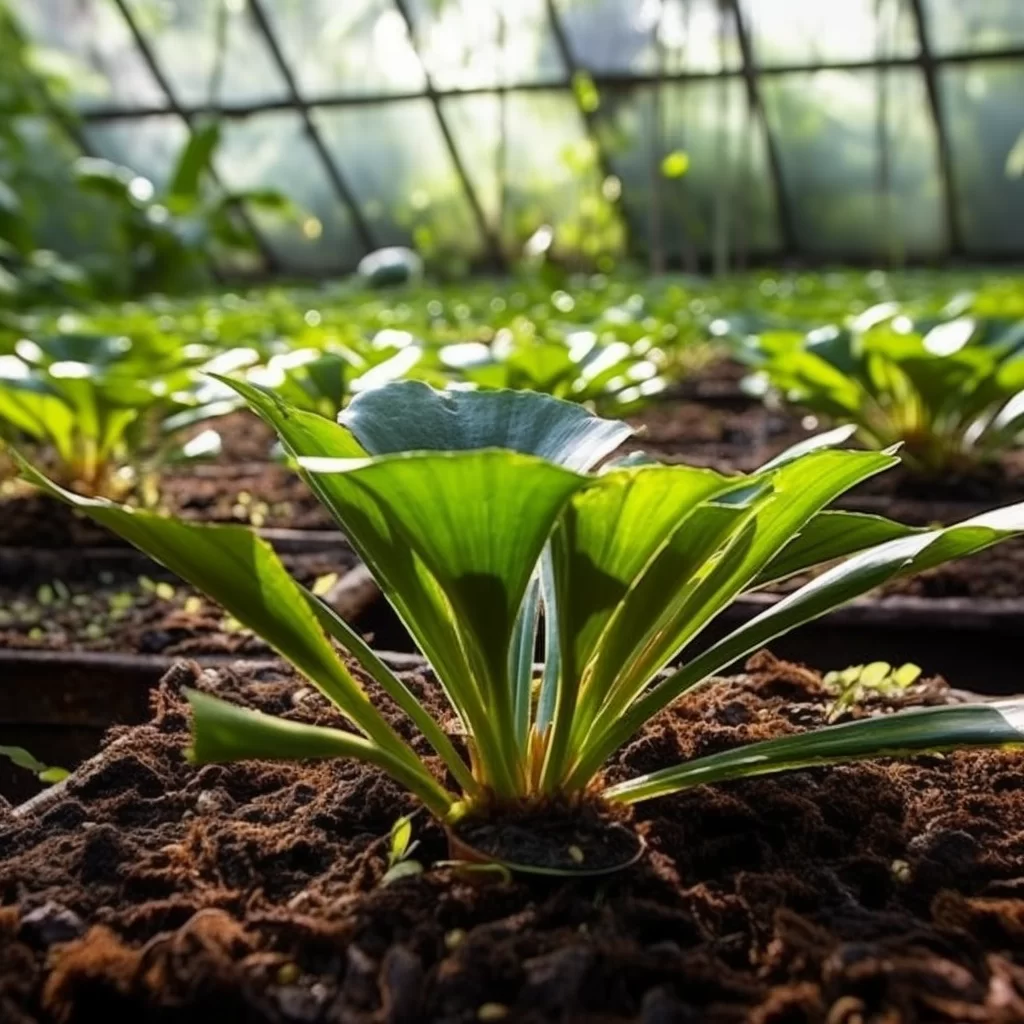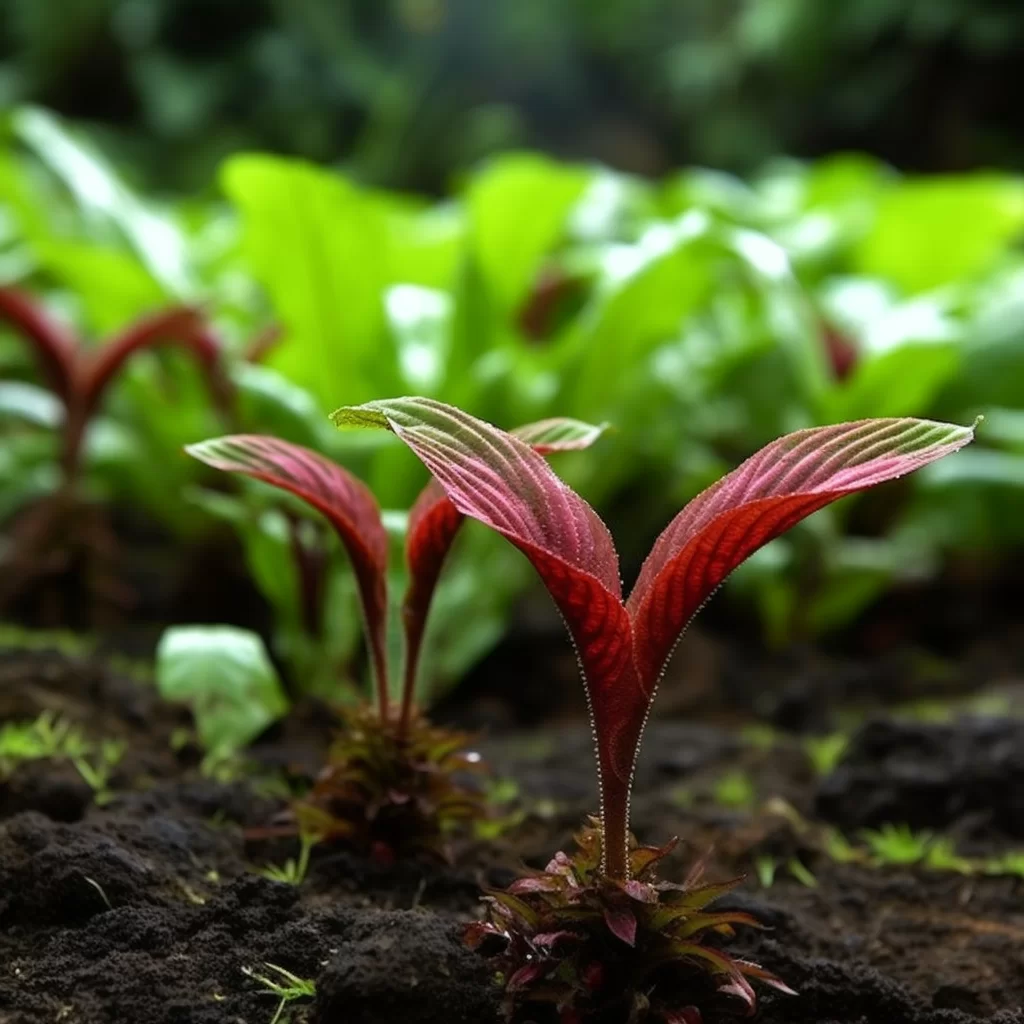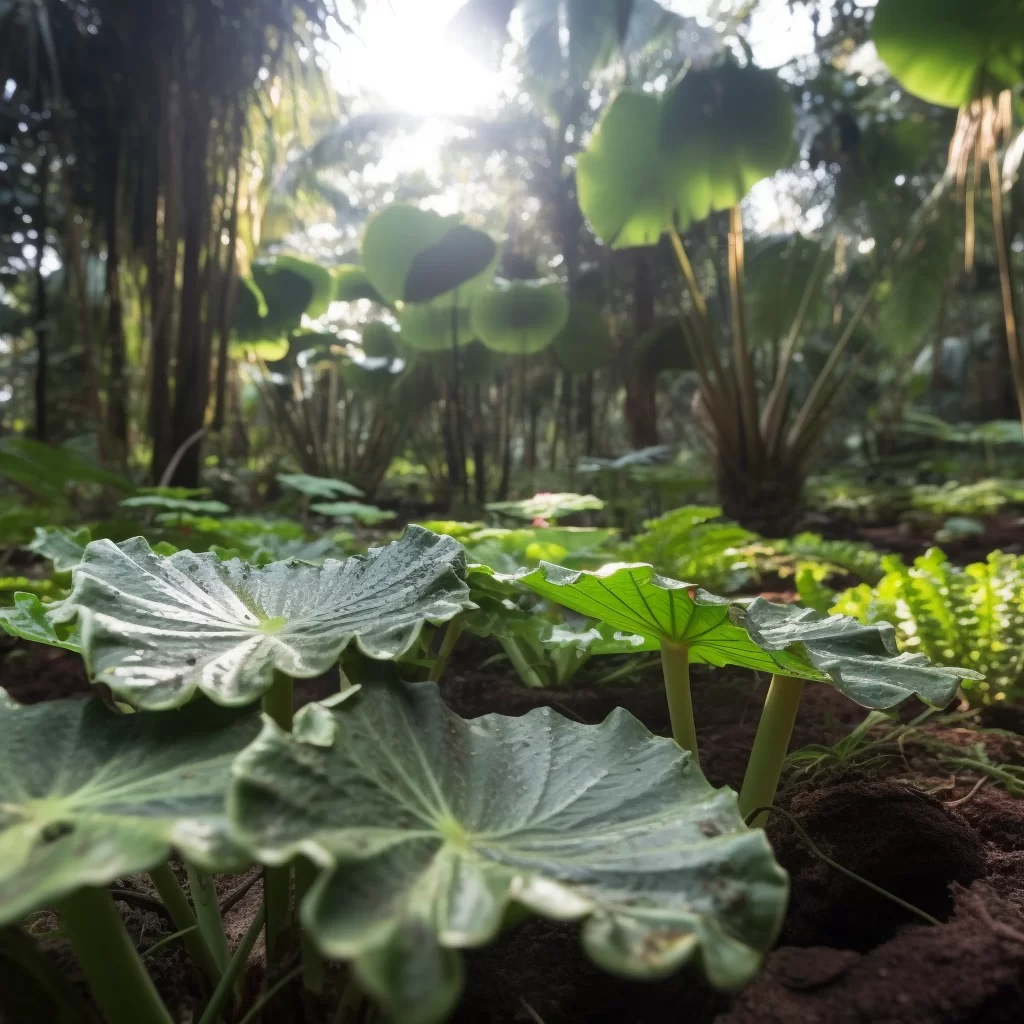Story of Day :
Contents
The Pacaya Plant: A Complete Guide and Care Tips
For many of us, gardening has always been a beloved hobby.
There’s just something about being surrounded by fresh air, lush greenery, and the peaceful atmosphere of a garden that truly rejuvenates the soul.
Whether you’re planting flowers to brighten up your yard or growing vegetables for your dinner table, there’s nothing quite like getting your hands dirty and connecting with nature.If you’re looking to take your gardening game to the next level and add a touch of exoticism to your outdoor space, then look no further than the Pacaya plant.
This unique plant is guaranteed to set your garden apart from the rest with its striking appearance and impressive size.
With its long stalks that shoot upwards like flames and vibrant red blooms at its crown, it’s sure to be an eye-catching addition that will impress all who see it.
So why not give it a try? Your garden (and your soul) will thank you!
What Is a Pacaya Plant?
The Pacaya plant, also known as Chamaedorea tepejilote, is a popular member of the palm family native to Central America.
In its natural habitat, this plant can reach towering heights up to 30 feet tall.
However, when cultivated indoors or outdoors for ornamental purposes, it typically grows between 6-10 feet in height.
Its lush green foliage and slender stems make it an attractive addition to any garden or living space. Interestingly enough, the Pacaya plant has a lot of cultural significance in Central American traditions and cuisine.
Interestingly enough, the Pacaya plant has a lot of cultural significance in Central American traditions and cuisine.
The young shoots of this palm tree are harvested and used as a traditional ingredient in Guatemalan dishes such as tamales and stews.
The mature leaves are also woven into baskets and other handicrafts by indigenous communities for centuries.
Overall, the Pacaya plant symbolizes resilience and adaptability – traits that have made it both an important part of local cultures and a beloved houseplant around the world!
The pacaya plant boasts an exquisite aesthetic, with its long and slender leaves bearing sharp tips; its elegant appearance is a sight to behold.
However, the stem of this plant is not as ornate and beguiling as its leaves.
It is thin, covered in small thorns that run vertically along its length, giving it a rugged and rough appearance.
This plant’s unique physical attributes make it stand out from other plants in the vicinity.
Its graceful foliage adds to the charm of any surrounding garden or landscape project.
The thorny stem acts as both a defense mechanism for the plant against potential threats while also adding texture to the overall look of the pacaya.
So next time you come across this striking flora, take note of its long tapered leaves and prickly yet remarkable stem!
Benefits Of Growing A Pacaya Plant
- Pacaya plants are easy-to-grow houseplants that can be grown both indoors and outdoors.
- This tropical beauty will add an exotic touch to your garden or home interior decor with minimal effort on your part.
- Pacayas have air-purifying qualities which make them perfect for removing toxins from indoor spaces like formaldehyde which may find their way into our homes from various sources such as furniture finishes, cleaning agents or construction materials used during renovations etc..
- They require minimal maintenance – thus making it easy for anyone who wants greenery without investing too much time
 If you want to keep your pacayas healthy and thriving, there are a few care tips that you should follow.
If you want to keep your pacayas healthy and thriving, there are a few care tips that you should follow.
These plants require a warm and humid environment, so make sure to keep them in a space with plenty of moisture.
You can achieve this by misting the leaves regularly or placing the plant on top of a tray filled with water.
Additionally, pacayas prefer well-draining soil that is rich in organic matter, so consider using potting mix specifically formulated for tropical plants.Another important factor for caring for your pacayas is providing them with enough light.
These plants do best when placed in bright indirect light or partial shade.
Protect them from direct sunlight as this can damage their delicate leaves.
Lastly, it’s crucial to monitor your pacayas’ water needs closely and avoid overwatering as well as letting the soil dry out completely between watering sessions.Overall, by following these simple care tips mentioned above, you can ensure that your pacayas remain healthy and beautiful all year round!Lighting is an essential aspect of any indoor or outdoor space as it can impact the mood, productivity, and safety of individuals.
When planning lighting requirements, several factors need to be considered such as the purpose of the space, the time of day it will be used, and the user’s preferences.
For instance, task lighting is necessary in areas where precise work is carried out like reading or cooking while ambient lighting creates a comfortable atmosphere for relaxation.
Additionally, energy-efficient bulbs can help reduce electricity bills and minimize environmental impact. Moreover, outdoor lighting plays a crucial role in enhancing security and aesthetics at night.
Moreover, outdoor lighting plays a crucial role in enhancing security and aesthetics at night.
Pathway lights along walkways prevent accidents while highlighting landscapes add visual appeal to homes and commercial buildings.
In summary, proper consideration of lighting requirements can make a world of difference in creating functional spaces that are safe and inviting for all users.
If you’re looking to grow pacayas, it’s important to remember that they thrive in bright indirect light.
Direct sunlight can actually damage their leaves, causing them to turn a less-than-healthy yellow or brown color.
To avoid this, it’s best to place your pacayas near windows that face north or east if you’re growing them indoors.By doing so, you’ll be providing your plant with just the right amount of natural light without exposing it to any harsh rays that could negatively impact its growth and overall health.
With proper lighting conditions and care, your pacayas can grow into healthy and beautiful plants that will add a touch of tropical paradise wherever they’re placed!
Soil Requirements:

If you’re looking to grow a Pacaya plant, it’s important to keep in mind that they thrive in well-drained soil that is packed with organic matter.
This means choosing the right potting mix, as it can significantly impact your plant’s growth potential.
For optimal results, it’s recommended to use a mixture of equal parts sand, peat moss, and perlite.
However, be sure not to overwater your Pacaya plant or let its roots become waterlogged – this can lead to root rot and hinder its growth.Creating the perfect environment for your Pacaya plant requires careful consideration of both soil type and moisture levels.
While a rich organic soil mix is key for their development, too much water can prove detrimental.
When planting your Pacaya, ensure that the soil is slightly moist but never becomes oversaturated with water.
A potting mix containing equal parts sand will provide adequate drainage and prevent root rot from occurring in your growing plants.
By following these simple guidelines tailored towards ensuring healthy growth of specific plants like the Pacaya tree species that prefer well-drained soils rich in nutrients one can achieve great success at producing vibrant plants which will thrive under ideal conditions!
Watering Requirements:
You must keep a check on watering levels in order to avoid over-watering or under-watering which can be detrimental to the health of your Pacayas.
Always let the soil dry out between waterings and never let them sit in standing water as this can cause root rot.
Pests and diseases can wreak havoc on your plants, making them appear unhealthy and stunted.
The most common culprits include spider mites, scales, and aphids.
Scales are hard-shelled insects that attach themselves to stems or leaves and suck out the plant’s juices, leading to wilting or leaf drop.
Aphids are small insects that also suck the sap from plants, causing distorted growth patterns or even death in severe cases.To protect your plants from these pesky invaders, it’s essential to regularly inspect them for signs of infestation.
Look for tiny webs or speckles on leaves for spider mites; small bumps with a waxy coating for scales; and clusters of green, black, or brown insects for aphids.
You can use natural remedies like neem oil sprays or insecticidal soaps to get rid of these pests without harming beneficial insects like bees or ladybugs.
Proper watering practices and good air circulation around plants will also help prevent pest problems before they start! In summary, pests like spider mites, scales,and aphids pose a significant threat to healthy plant growth by feeding on their life-sustaining fluids.Through frequent inspections coupled with natural treatments such as neem oil sprays and insecticidal soaps,it is possible to control infestations without causing harm to desirable pollinators like
In Conclusion,
If you’re looking for an easy-to-maintain houseplant with exotic qualities, look no further than the Pacaya plant! With minimal care and maintenance requirements, it’s perfect for gardening enthusiasts of all levels – whether you’re a first-time gardener or a seasoned pro! Keep these tips in mind while caring for your pacayas and watch them thrive!